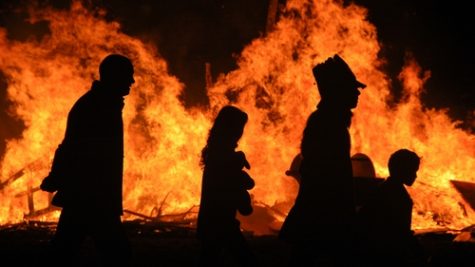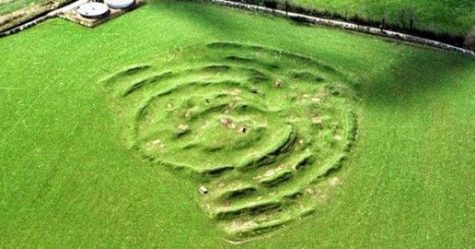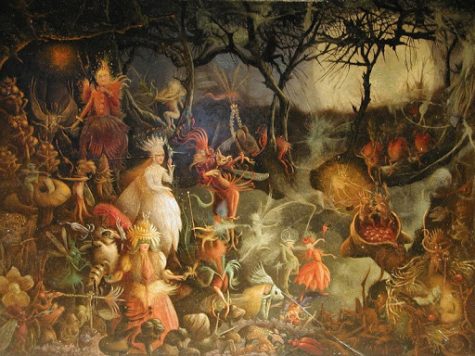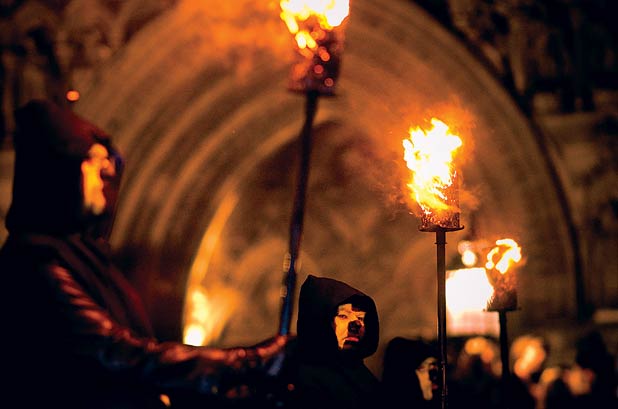Halloween: Ancient Origin and Facts
October 15, 2020

There is no doubt that when fall approaches, a sudden change of mood occurs as if the color-changing leaves off of the trees open a new window of thinking in people’s minds. With pumpkin spice galore and the thought of food always lingering, one of the things that people seem to love and look forward to the most is the month of October and what it beholds… It is home to the beloved holiday of Halloween. This holiday is always held on the 31st and happens to fall on the last Saturday of this month this year. When this festivity approaches, excitement rises all over the world as children are seeking the perfect Halloween costume and the adults are buying new spooky decorations to lure in all of the trick-or-treaters with. What most of us participating Halloween-going people do not usually know is how exactly this holiday even came to be… as it seems to be a strange enough holiday celebrated to begin with, you can only imagine how much more unexpected the origin of it is!

This holiday’s ancient root dates as far back as 2,000 years ago in the Middle Ages of Celtic Ireland where every October 31st, the Celtics (a collection of Indo-European people sharing similar beliefs and culture) would participate in the Festival of Samhain (pronounced “sow-win”). This festival was known to be the division between the lighter (summer) and the darker (winter) half of the year as well as the time where the division between this world and the ‘other’ world was the thinnest. With this, they would expect and welcome spirits of their family’s ancestors home and try and drive the bad, unwanted spirits away. They would attempt to do this by disguising themselves with costumes and masks to portray as a harmful spirit to ward off the bad ones. The festival also consisted of raging bonfires and food provided for the living and dead. The hills of Tlachtga (Hill of Ward) and Tara in the Boyne Valley of Celtic Ireland were found to be associated with this where they would cast slaughtered livestock bones into the bonfire, and for the food, if one’s ancestor was in no position to eat it, would be shared ritually with the less well off.
 The honoring of the dead had been incorporated with Christianity and their Christian calendar with All Saints (Hallows Eve) on November 1st and All Souls on November 2nd. The customs of wearing masks and costumes to keep bad spirits out came and stayed as the Irish had emigrated into America in the 1840s in search of new lives due to their poverty and famine back home. There, they had carried their tradition all the way to America where we have even added to it with the harvesting and carving of pumpkins.
The honoring of the dead had been incorporated with Christianity and their Christian calendar with All Saints (Hallows Eve) on November 1st and All Souls on November 2nd. The customs of wearing masks and costumes to keep bad spirits out came and stayed as the Irish had emigrated into America in the 1840s in search of new lives due to their poverty and famine back home. There, they had carried their tradition all the way to America where we have even added to it with the harvesting and carving of pumpkins.
